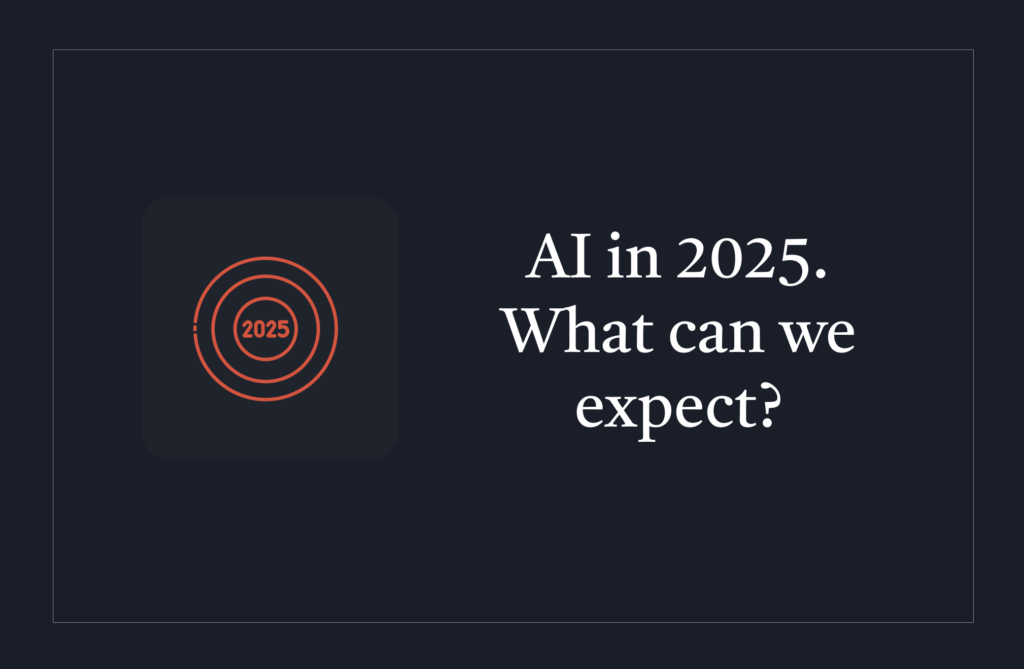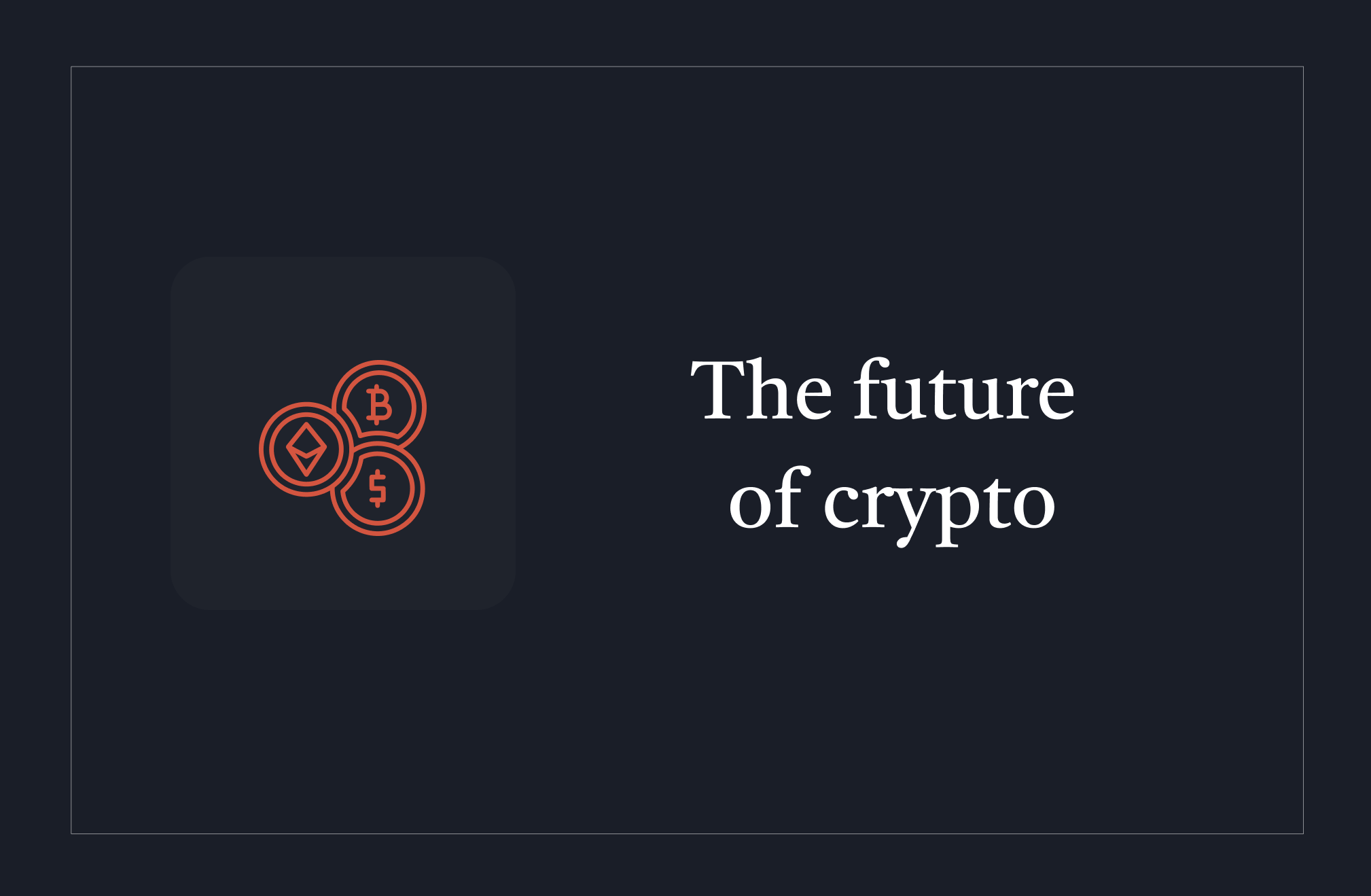
Between 2023 and 2024, the world of artificial intelligence (AI) saw huge advancements with regard to data processing, faster analysis, improved accuracy, and the ability to handle increasingly complex datasets. In 2025, these innovations will continue to impact how we work and manage data. In reality, AI is going to have broad-reaching effects on almost every task out there, unless you are an actor or politician, for example, or a job that is very difficult to replace. AI is essentially statistical analysis and correlation on steroids. While it is not likely to create something new, it is likely to impact the jobs we currently have.
With that in mind, let’s dig a little deeper into some specialist areas that have been and will be impacted further by AI in 2025 and beyond.
Data analysis and statistics
As we currently understand it, AI is capable of processing vast amounts of data and completing complex statistical analysis at remarkable speeds, identifying patterns, trends, and correlations that could be missed by traditional methods. These super-human capabilities are completely revolutionizing fields such as healthcare, marketing, research, streaming technology, and finance, among many others, where precision and accuracy in data analysis are hugely important.
Flight: How AI will impact the need for pilots
While it might sound like science fiction, the reality is that in the not-too-distant future, AI will be accurate enough to safely fly planes carrying hundreds of passengers. In order to get to this point, specific AI models have been developed that take all the information from every flight ever recorded, essentially huge datasets, which it analyzes in order to make optimal decisions in each scenario. This technology is currently being tested for military applications.
For example, in May 2024, Air Force Secretary Frank Kendall took a history-changing flight in an F-16 that was controlled entirely by AI. This is the kind of application that could change the future of aviation and even warfare to fly faster and more aggressively. In general, humans can withstand G-forces of between 4 and 6 G, making certain maneuvers and speeds currently impossible for human pilots. But flying well above these levels would be possible for jets controlled by AI, as there is no human limitation.
AI in medicine: What does the future hold?
The future of AI in the medical field is also incredibly promising, particularly with regard to diagnosis. AI-powered tools are already transforming diagnostic processes by analyzing medical imaging, lab results, and patient histories with unprecedented speed and accuracy. Once again, given that they are powered by data, advanced algorithms can detect subtle patterns, such as early signs of diseases like cancer or rare genetic conditions, and can often outperform humans in specific tasks. As these new technologies evolve throughout this year and beyond, AI will be able to streamline diagnostics even further and even make healthcare more accessible.
That being said, while AI will increase precision and the speed of diagnoses, it cannot replace the empathy and nuance that human interactions bring to a doctor’s appointment or surgical intervention. A compassionate conversation between a doctor and patient is essential when talking about life-changing diagnoses and the emotional challenges of dealing with disease. Trust and reassurance are of the utmost importance. The future of medicine lies in precisely that: finding a balance between the human need for empathetic conversation and care and accurate medical diagnoses that will ultimately improve life expectancy and quality of life.
Looking ahead…
These are the kinds of questions we need to be asking and the conversations we need to be having across all sectors, as new technologies are only going to become stronger. We must understand how to adapt to the upcoming changes in each line of work and use the tools being developed to our advantage. But adapting does not necessarily mean keeping up… it means shaping a future together where technology works for us, amplifying human capabilities instead of replacing them while keeping our values at the core.
I look forward to these conversations as the year progresses.






